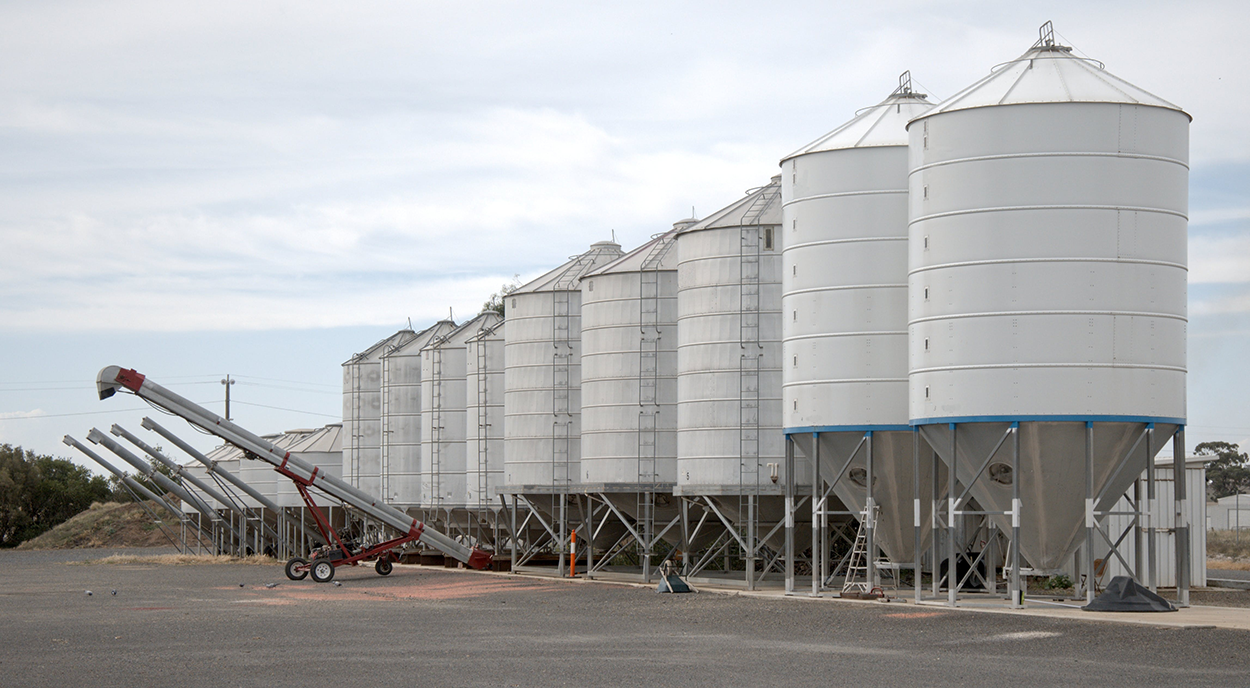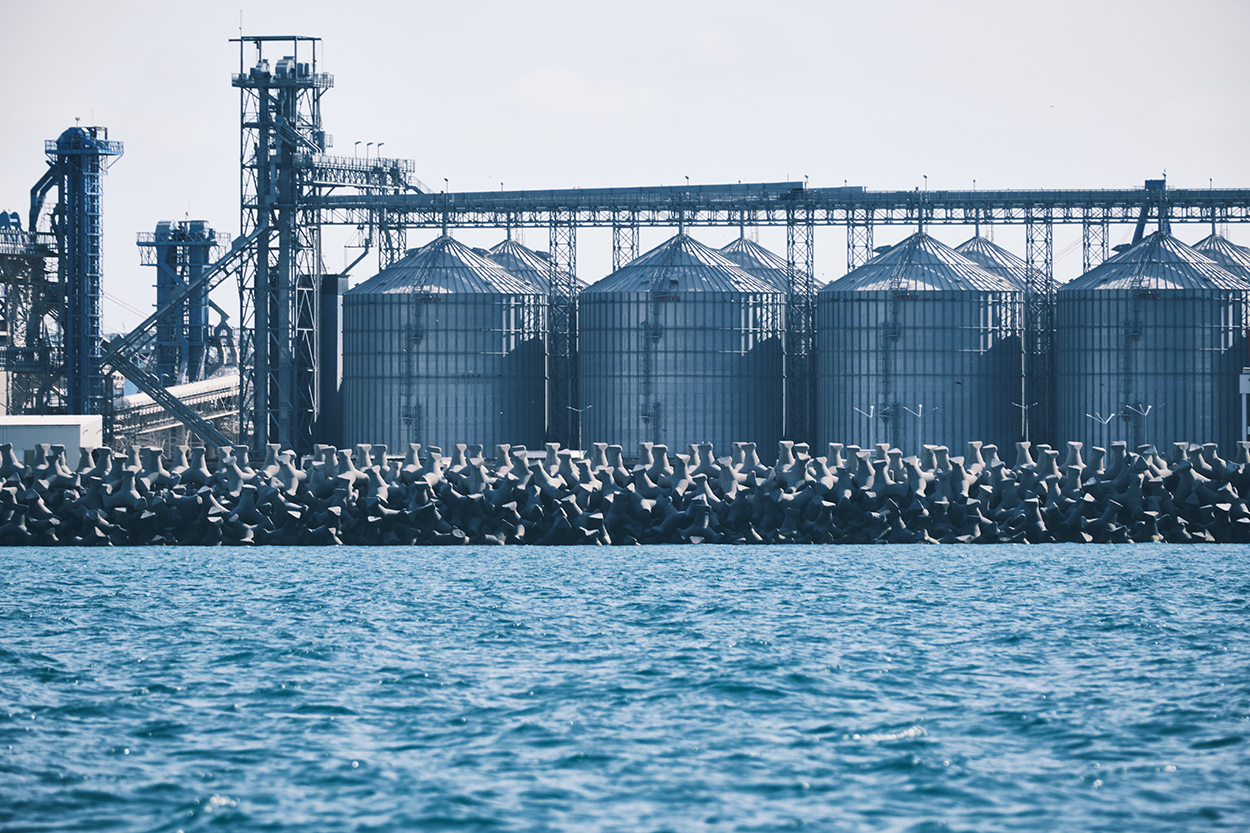The utilization of laser distance sensor in silos predominantly revolves around the management of inventory, particularly in the context of grains and bulk materials. This discussion highlights several key scenarios in which laser ranging sensor technology proves instrumental within silo environments.
1. Inventory Management:
Laser distance sensor facilitates precise measurement of the material height within silos, enabling accurate calculation of inventory levels. This aids farmers, storage companies, and relevant industries in enhanced inventory management, supply chain prediction, and timely measures for replenishment or material reallocation.
2. Automation Control Systems:
Advanced laser distance systems can integrate seamlessly into automation control systems, providing real-time monitoring of material levels within silos. These systems utilize TOF sensors to collect data, subsequently triggering automated actions such as material dispensing or extraction based on demand, thereby optimizing operational efficiency.
3. Prevention of Overaccumulation or Spillage:
High precision laser distance sensor prevents overaccumulation or spillage by monitoring material height. This is crucial for ensuring the safety of silos and maintaining the quality of stored materials.

4. Real-time Monitoring and Alarming:
Laser rantging sensors offer real-time monitoring and can trigger alarms in the event of anomalies, such as excessively low or high inventory levels. This enables prompt action to prevent potential issues from escalating.
5. Energy Efficiency and Environmental Impact:
Accurate control of inventory levels reduces unnecessary material transportation and storage, thereby lowering energy consumption and improving environmental sustainability.
It is essential to consider environmental factors within the silo, such as dust, humidity, and temperature, when deploying laser distance sensor systems to ensure measurement accuracy and equipment reliability. Selection and use of laser range modules should align with the specific silo type and material characteristics, following manufacturer guidelines for operation and maintenance.
